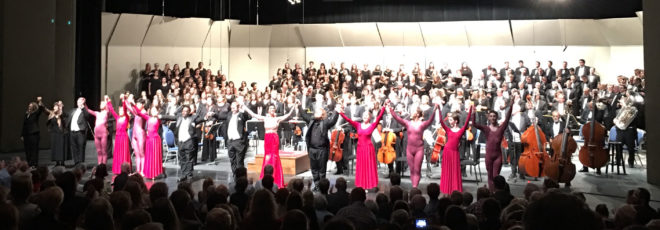
See photos from some of David Stewart Wiley’s most recent engagements, including concerts with the Roanoke Symphony Orchestra and beyond Roanoke.

See photos from some of David Stewart Wiley’s most recent engagements, including concerts with the Roanoke Symphony Orchestra and beyond Roanoke.
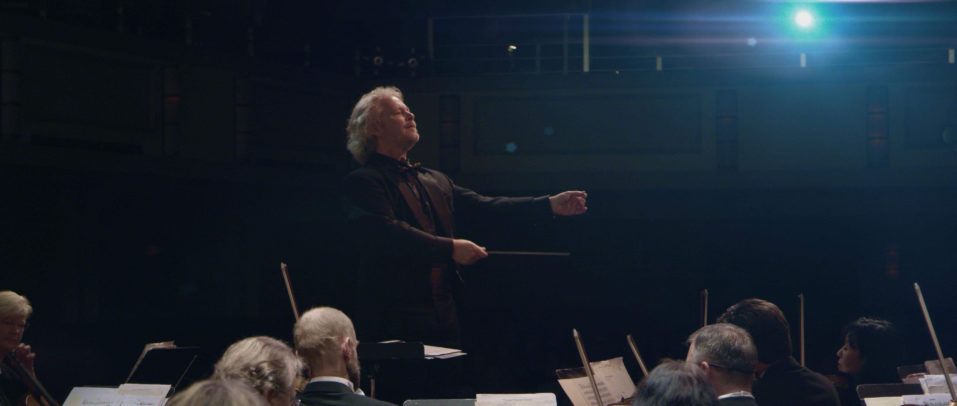

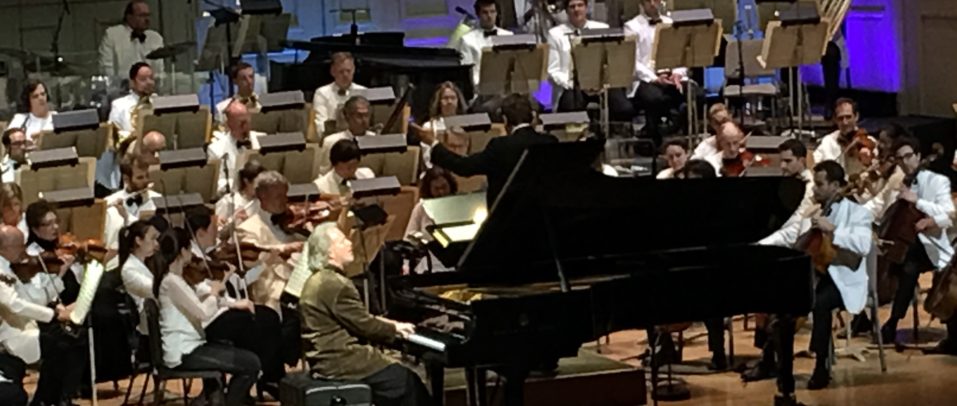
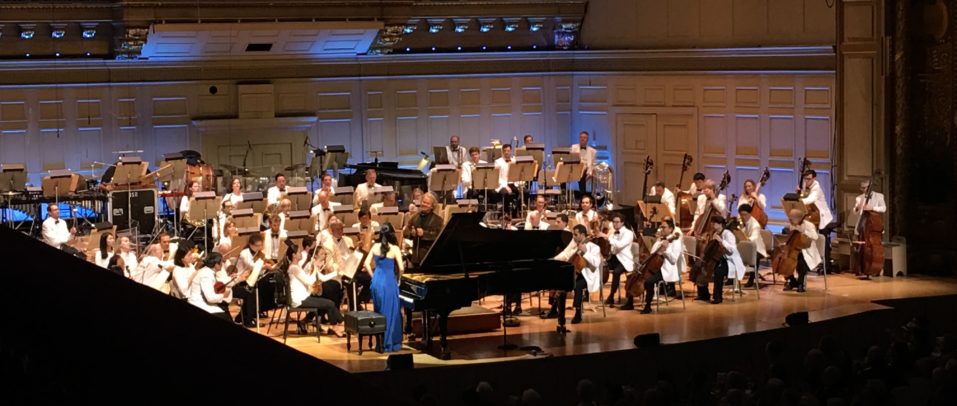

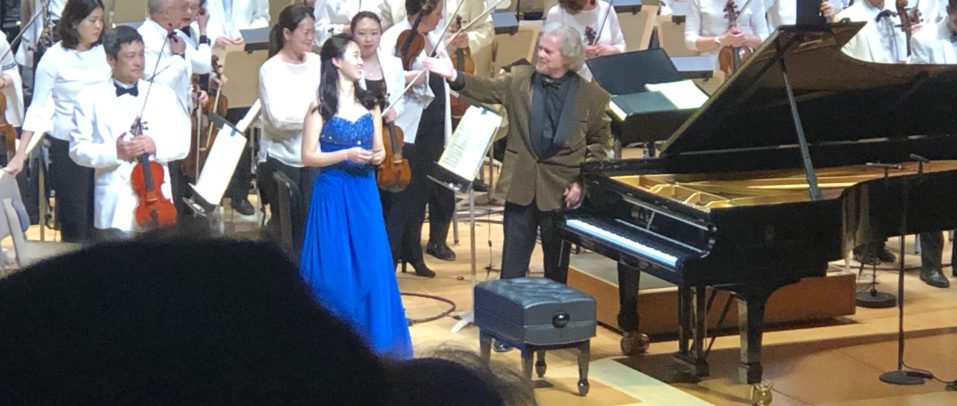
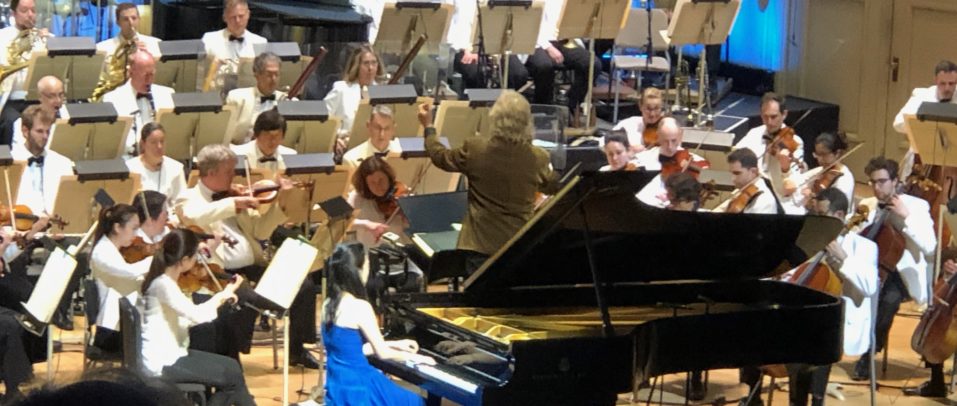
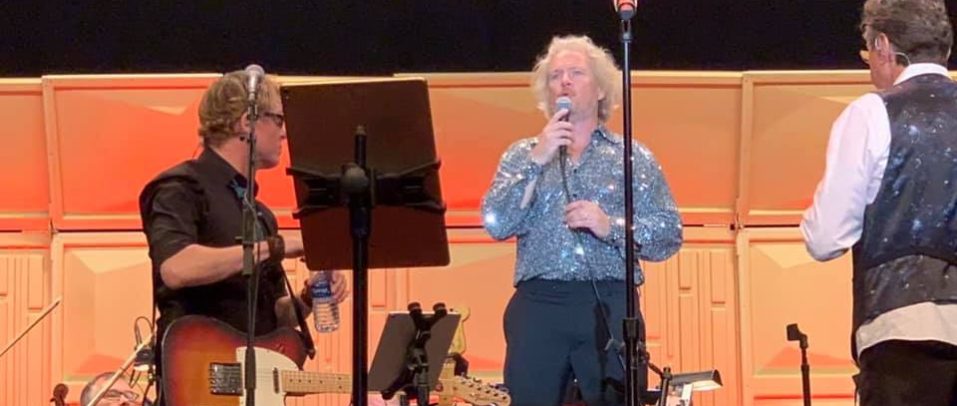
By Timothy Gaylard Special to The Roanoke Times
The Roanoke Symphony Orchestra continued its Masterworks series Saturday night under the baton of David Stewart Wiley in the Shaftman Performance Hall at Jefferson Center before an audience of over 600. Guest pianist Natasha Paremski was the featured soloist.
The evening began with a delightful performance of Rossini’s Overture to La Cenerentola. The generally fine woodwind section of the orchestra accentuated the lively and tuneful melodies. Wiley drew from all his players a mood of verve and wit, and the famous crescendos were truly exciting, erupting in full-throated fortissimi that almost blew the roof off the concert hall.
From the very beginning of Shostakovich’s Piano Concerto No. 2, soloist Paremski presented formidable octaves and a powerful sound, easily heard over the large orchestra. In the second theme of the first movement, she showed a beautifully contrasted lyrical style.
Wiley was highly attentive to the changes of mood, the tricky textural complexities and the needed balance of forces. At the beginning of the second movement, he was particularly successful in establishing a reflective mood from the soft strings. When Paremski entered with her plaintive melody, she made the piano sing with a beautiful tone and exquisite rubato.
The final movement, with its relentlessly fast melodic patterns, sounded like an exhilarating joy ride. Wiley kept the rhythms tight in the orchestra, and Paremski’s highly coordinated hands flew around the keyboard with breathtaking precision. The piece rolled on into a resounding crack of an ending that brought a standing ovation from the audience. Paremski responded by playing the notoriously difficult final movement from Prokofiev’s Seventh Sonata, once again displaying that she has stamina and technique to burn.
After the intermission, the entire second half of the concert was taken up by Beethoven’s enduring Seventh Symphony. Wiley seemed to be channeling the spirit of Leonard Bernstein, whose centennial is being celebrated this year, and who was closely identified with this symphony throughout his career. Wiley drew the very best out of the symphony, and the performance was the highlight of the evening. The taut and concise rendition came in at a total of only 36 minutes.
Wiley eschewed the repeats of the expositions in both the first and last movements. He went from the first movement into the second without a break, and did the same between the third and fourth. There was a fierce intensity in the first movement; the second moved forward with relentless restlessness; the third was buoyant in the main sections, but in the trios came to thrilling climaxes; and the fourth showed a careful pacing of tempo, a rich range of dynamics and an incandescent energy that erupted close to the end.
There was generally excellent playing from all members of the orchestra, but special mention should be made of the expressive colors produced by the oboe of Bill Parrish, the subtle to thundering timpani of Zubin Hathi and the warm and steely sounds of the brass section. The audience immediately rose to its feet, with loud cheers, and the orchestra reacted with smiles and a unison bow.
Timothy Gaylard is professor of music at Washington and Lee University.
By Tim Gaylard Special to The Roanoke Times
On Monday night, at the Taubman Museum of Art, the Roanoke Symphony Orchestra presented the final concert in its Destination Series. Featured musicians included the Roanoke Valley Children’s Choir, under the direction of Kim Davidson, and members of the orchestra — Julee Hickox on flute, John P. Smith on double bass and Roger Duvall on percussion, with David Stewart Wiley at the piano. The program, titled, “Angelic Voices — From Baroque & Broadway” was performed in front of an audience of 337.
The performing space, the atrium of the museum, had ideal live acoustics for the musicians. The eclectic program included Baroque works, traditional music, folk music, a pseudo-spiritual, pop and jazz standards, and a re-configured work by Wiley.
Because there were no program notes, Wiley gave welcome, informative and sometimes amusing introductions to most of the pieces. Davidson spoke only once, just before the last piece.
From the opening set of Baroque religious works, the chorus of almost 100 young people sang with perfect intonation, clear diction, a wide range of dynamics and a full sound. Davidson expertly led them with an energetic but precise conducting style. The results were quite often moving and thrilling.
The instruments greatly contributed to the overall effect. For example, Hickox played an evocative flute solo at the beginning of a very soulful performance of “Ose Shalom.”
Smith and Duvall provided a vibrant rhythm section for many of the pieces, and Wiley’s considerable talents as both a classical and jazz pianist were constantly on display.
But the real stars of the evening were the young sopranos and altos of the chorus. Their voices soared with the true joy of singing. When they sang Herbert Brewer’s “Magnificat” from memory, the music swelled to a thunderous conclusion.
An a cappella version of “Will the Circle Be Unbroken” started with a fine solo vocal trio, but gradually grew in texture and dynamics with all the singers participating, enhanced by syncopated clapping and a religious fervor that was truly breathtaking.
Wiley’s own “Concentric Circles,” originally an instrumental film score piece, was given well-written lyrics by Jim Sherman, who was in the audience, and was performed by all the musicians with great emotional intensity.
George Harrison’s “Here Comes the Sun,” in an a cappella arrangement, got a wonderfully choreographed version with head and hand gestures, culminating in the appearance of a painted sun on a placard, much to the delight of the audience.
The planned program ended with a bright and cheery rendition of “Old Mac Doodle Had a Band,” a beloved Ella Fitzgerald standard. This piece reached such an exciting and energizing ending, that the audience immediately rose for a standing ovation.
In response, the entire group performed a rousing rendition of the early rock ‘n’ roll classic “Rock Around the Clock.”
Timothy Gaylard is professor of music at Washington and Lee University.
By Tim Gaylard Special to The Roanoke Times
The Roanoke Symphony Orchestra continued its Masterworks Series on Saturday night under the baton of David Stewart Wiley at the Berglund Performing Arts Theatre before a crowd of 1,200. Joining the orchestra for three of the pieces were the Roanoke Symphony Chorus and the Liberty University Concert Choir, both led by John Hugo.
The concert began quite late because of an unbelievable traffic jam of cars arriving at the same time for both this concert and a hockey game next door. Planners for such events should consider the limitations of parking in the area, and the great inconvenience this creates for the spectators and audience members.
The first piece on the program was Glazunov’s very appealing March on a Russian Theme. Wiley allowed the main melody to unfold as a noble line, grandly, like a procession. In the middle, the well-blended winds were featured, and then the last section brought back the grandeur of the beginning, amplified by the brilliant brass and glittering percussion.
The maestro briefly spoke to the audience, summarizing the highlights of the evening’s program and informing us that the Glazunov and the Rimsky-Korsakov pieces were being played for the first time by the symphony.
Borodin’s familiar In The Steppes of Central Asia was executed with great care, from the opening haunting tones of Carmen Eby’s clarinet to the evocative sound of Jessica Warner’s English horn. Atmospheric timbres abounded, from the violin harmonics to the delicate cello pizzicati. After generously lyrical outpourings from the strings, the music faded to a beautiful and breathtaking close.
Wiley next conducted a cohesive and coherent interpretation of Tchaikovsky’s beloved Romeo & Juliet Fantasy Overture. Here the slow introduction flowed easily and did not drag, always maintaining a sense of momentum. The dramatic rendering continued with an exciting fast section. The strings played with precision in their rushing passages, as the brass and percussion provided their jolting syncopations. The range of dynamics was well-controlled, surging forward to climaxes and dying away to carefully calibrated echo effects.
The familiar love theme was restless, not turgid or self-indulgent, as is often the way this melody is interpreted. Instead, Wiley kept the tension going tautly all the way to the shattering final funeral march; he created an overall shape to the piece that was truly effective, and very worthy of the Shakespearean tragedy that inspired it.
After the intermission, the choruses assembled on the stage, and John Hugo was suitably honored for his 20-year association with the RSO. Then Wiley launched into a rhythmically charged rendition of Borodin’s Polovetsian Dances from Prince Igor.
The choruses here were noticeably amplified but still provided expressive and well-intoned melodies. There were a few lapses in ensemble, but generally the performance was exciting. The orchestra dutifully gave strong support, especially the busy percussion section, which remained reliably accurate.
Hugo then conducted Rimsky-Korsakov’s grandiose arrangement of Slava, the very familiar — and intensely nationalistic — Russian tune. There were nice stretches of full-throated choral sound, and Hugo’s beat was tight and propulsive, yet still allowed the singers to breathe and the orchestra to swell to a roof-shaking conclusion.
Wiley came back one more time to conduct a severely abridged version of Tchaikovsky’s enduring 1812 Overture. The opening section, with divided low strings, sounded a little rushed; because there were no Russian peasant melodies, the music moved too quickly into the bombastic finale with the chorus intoning the Hymn to the Tsar. Still, the audience gave the performance an enthusiastic standing ovation; Wiley responded by having all the forces on the stage give an encore — a reprise of the very last dance from the Prince Igor set.
Timothy Gaylard is professor of music at Washington and Lee University.